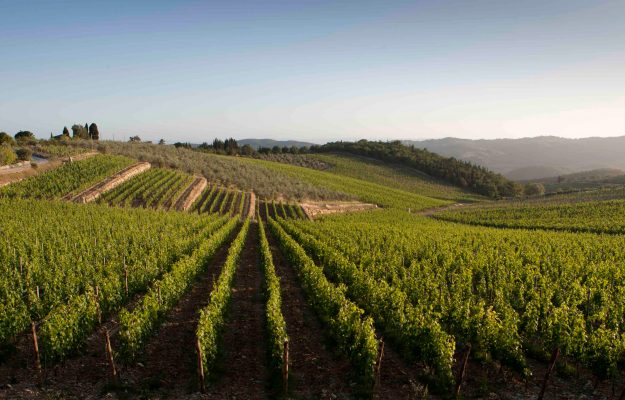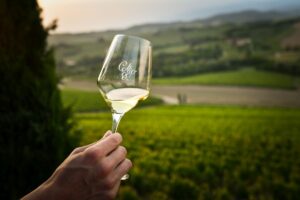Wine entrepreneurs have sent requests of authorizations for approximately 63.500 hectares for new vine plants to the Ministry of Agriculture. This is actually the historical minimum, following 77.000 hectares in 2016 and 163.000 in 2017, but it is still ten times higher than the 6.522 hectares available, which is equal to 1% of the vineyard areas in Italy and the limit that went into effect in 2016, imposed by the authorization system. So, the corrective measures and restrictions the Ministry of Agriculture and the Regions indicated, are beginning to function, explained Felice Assenza, Director General of International Policies and the European Union of the Ministry, to the “Il Corriere Vinicolo”, although there are big differences from one region to another. The 50-hectare limit, which the Regions can lower even further, has been an important deterrent, especially in Veneto, where requests stopped at 7.541 hectares, less than one tenth of the 90.000 requested in 2017. However, requests from Apulia exceeded 20.000 hectares, and from Sicily, reached a record 12.600 hectares, showing that the wine industry is experiencing growth, at least potentially, everywhere, aside from the Prosecco phenomenon.
Wine is the most profitable agricultural product there is, and growth on the markets makes it attractive to many entrepreneurs, especially where other sectors are experiencing difficulties. Analyzing the request from Apulia, explained Assenza, “we must consider the Xylella effect that has put the olive growers in serious difficulty because of production declines due to the disease, production restrictions rising production costs, pushing them towards viticulture. Sicily is another story as it has reached the historical maximum of 12.653 hectares”. Of course, there is still a long way to go to harmonize the authorization system, but staying in line with the limit agreed on in Europe, 1% seems a bit tight, even though it is still than the growth rate of our competitors. “I remember”, said the director general of International Policies and the European Union of the Ministry of Agriculture, “when Italy brought home that percentage, it was considered a success as we feared we wouldn't be able to go over 0.5%. Right now, though, to tell the truth, there does not seem to be any margin for the European Commission to modify this 1%. This is also because, as we have been observing, our European partners, like Spain but also France, are using lower limits”.
There are still, obviously, some edges to smooth over, in the relationship between the Ministry of Agriculture and Regions, which can impose stricter limits especially on the ceiling, but also to “limit the territory to direct potential viticulture development requests in a more effective way. This could be an innovation that is not within our competency but rather is entirely available to the Regions. That is, measuring the wine-growing area and allocating it to those areas that are most suitable. It is a change of pace which does not imply a change in the standard that is difficult to hypothesize”, as Assenza explained. We can do better not forcing the situation, but moving within “this 1% limit, because there is room for improvement. We asked the EU Commission”, continued Assenza, “to consider 1% not only as a figure emerging from the Italian vineyard situation photographed on July 31st of the previous year, but to consider the total potential also bearing in mind the planting rights producers already have in their pockets. Another aspect is that we are facing cases in which some regions, instead of an increase, see their wine-growing potential diminish, as in the case of Piedmont. In light of these data”, concluded Assenza, “we will invite the Commission to start a discussion on the hypothesis of creating a sort of national reserve to prevent the wine heritage from vanishing”.
Copyright © 2000/2025
Contatti: info@winenews.it
Seguici anche su Twitter: @WineNewsIt
Seguici anche su Facebook: @winenewsit
Questo articolo è tratto dall'archivio di WineNews - Tutti i diritti riservati - Copyright © 2000/2025








































































































































































































